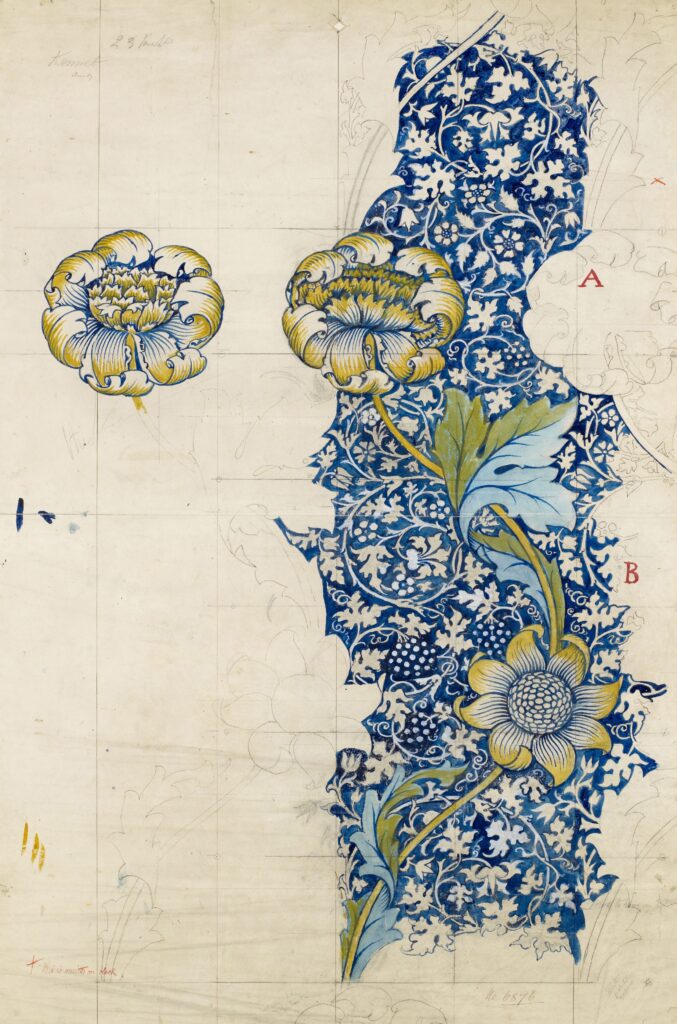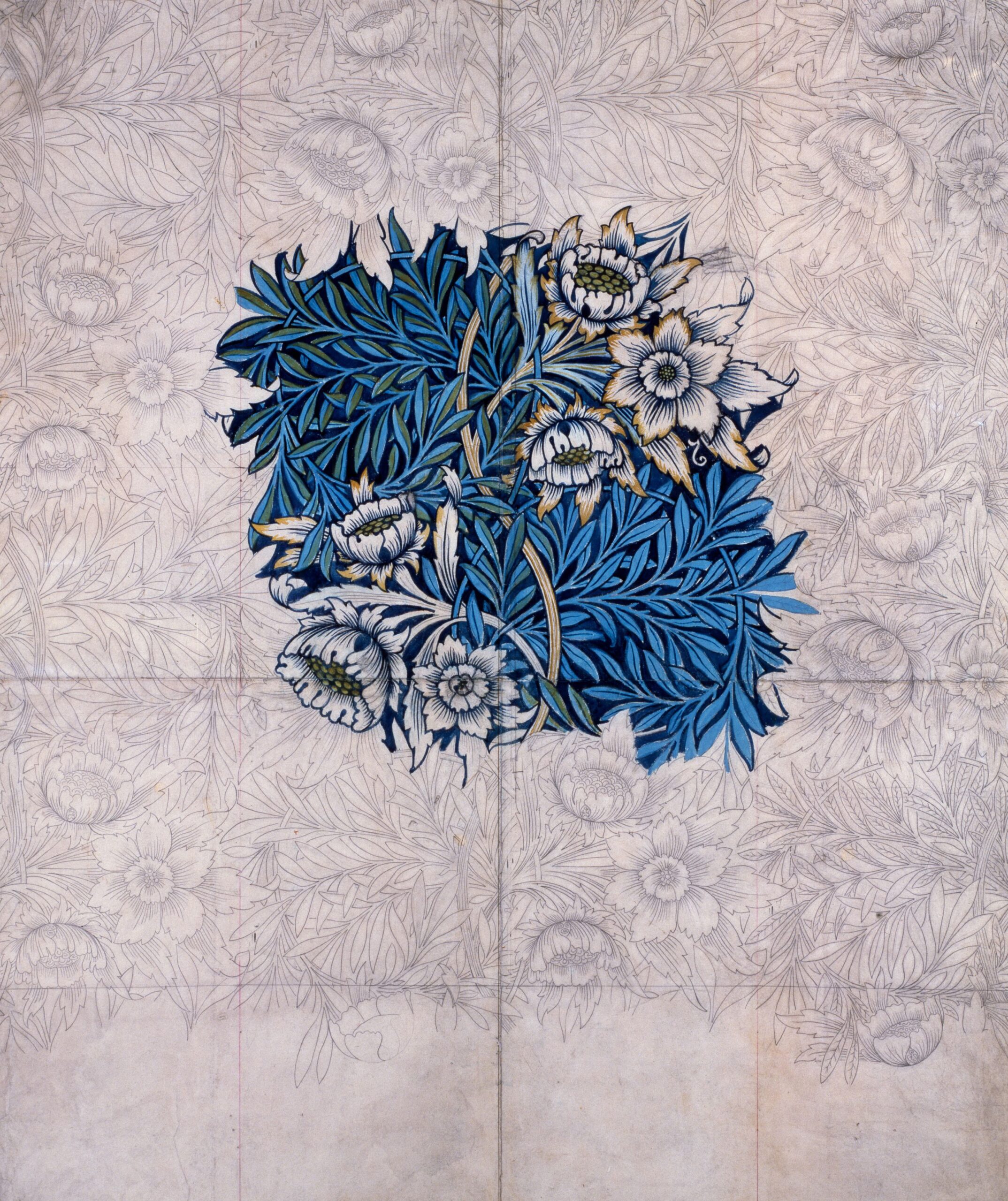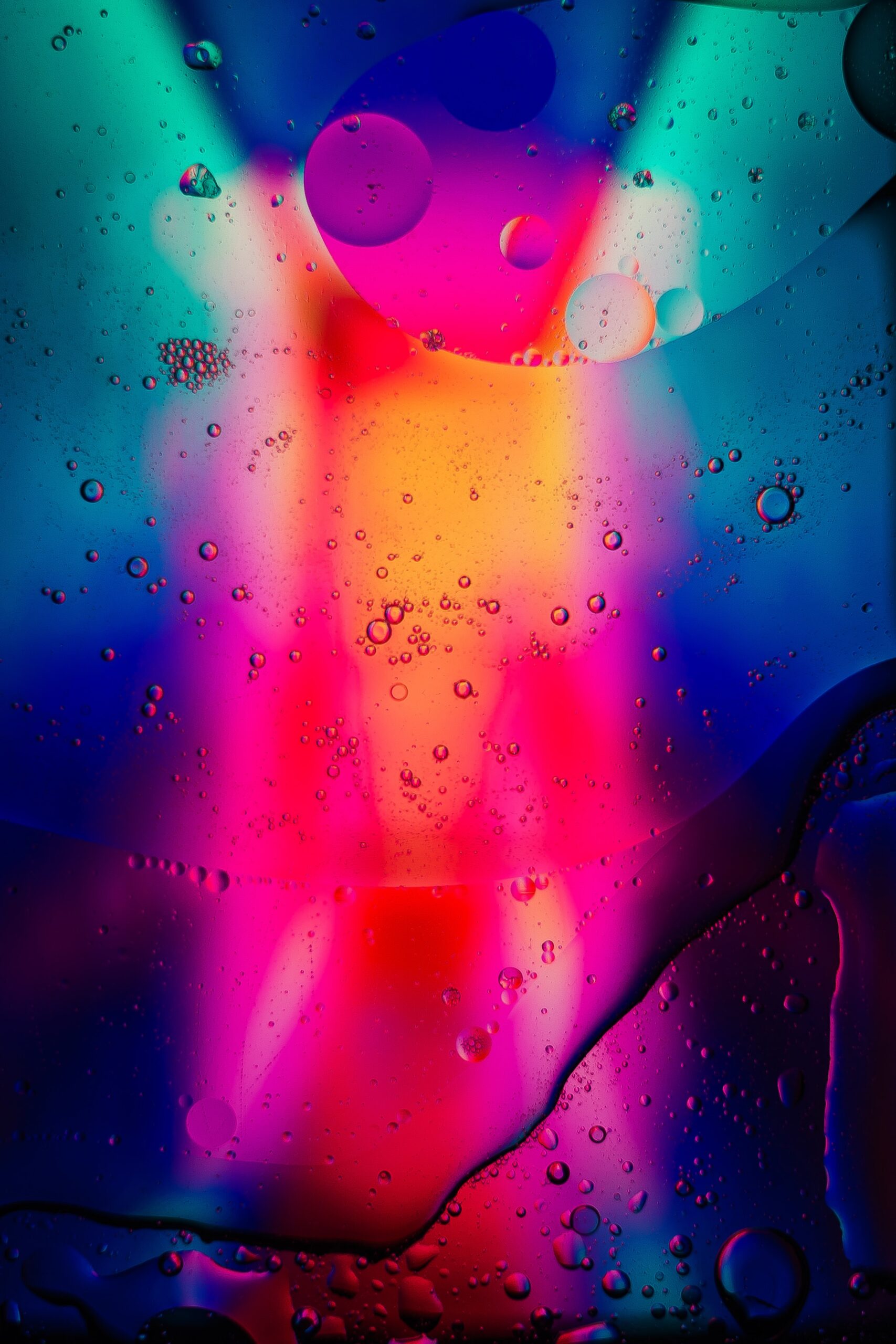Have you ever wondered if it’s possible to use acrylic paint on cardboard? Look no further, as this article explores the compatibility of these two materials. Discover the secrets behind creating vibrant and long-lasting artwork on cardboard using acrylic paint. You’ll be amazed at the potential of this versatile combination and how it can unleash your creativity. So, get ready to learn all about the possibilities of using acrylic paint on cardboard. Let’s dive in!
What is Cardboard?
Cardboard is a versatile material that is commonly used for packaging, crafts, and construction. It is made from several layers of paper pulp, usually derived from recycled fibers. Cardboard is known for its sturdiness, rigidity, and lightweight nature, making it a popular choice for various applications. It is also affordable and easily accessible, making it an ideal canvas for creative projects.
Definition of Cardboard
Cardboard refers to a range of materials that are characterized by their thick, stiff nature and ability to withstand pressure. It is typically composed of corrugated and flat layers, providing both strength and stability. Cardboard can come in different thicknesses, known as grades, which can affect its durability and rigidity. The term “cardboard” is often used interchangeably with “cardstock” or “paperboard,” depending on the region or industry.
Composition of Cardboard
Cardboard is made primarily from paper fibers derived from recycled sources. The process involves pulping the fibers, refining them, and then bonding them together with adhesive or glue. The outer layers of cardboard are usually made from a higher quality paper, while the inner layer consists of corrugated material, which adds strength and stability. Some types of cardboard may also have a water-resistant coating or a layer of plastic film, depending on their intended use.
Properties of Cardboard
Cardboard possesses several key properties that make it a suitable surface for various applications. Firstly, it is lightweight, which makes it easy to handle and transport. This, combined with its low cost, makes cardboard a popular choice for packaging and shipping materials. Additionally, cardboard is stiff and exhibits good dimensional stability, allowing it to maintain its shape even under pressure. It is also easily cut, folded, and manipulated, making it a versatile material for artistic endeavors and DIY projects.
What is Acrylic Paint?
Acrylic paint is a popular type of water-based paint that consists of pigment particles suspended in an acrylic polymer emulsion. It offers a wide range of vibrant colors, excellent coverage, and quick drying time. Acrylic paint has become increasingly popular in the art world due to its versatility and ability to be used on various surfaces, including cardboard.
Definition of Acrylic Paint
Acrylic paint is a fast-drying synthetic paint composed of pigment particles suspended in an acrylic polymer emulsion. The term “acrylic” refers to the chemical composition of the binder, which is derived from acrylic acid and related compounds. Acrylic paint is known for its ability to adhere well to different surfaces and its versatility in terms of artistic techniques and applications.
Composition of Acrylic Paint
Acrylic paint consists of three main components: pigment, binder, and vehicle. Pigments are finely ground particles that provide color and opacity to the paint. The binder, which is the acrylic polymer emulsion, serves as the adhesive that holds the pigments together and allows them to adhere to the painting surface. The vehicle is the liquid component that carries the pigments and binder, and it evaporates as the paint dries, leaving behind a dry and solid paint film.
Properties of Acrylic Paint
Acrylic paint possesses several properties that contribute to its popularity among artists and hobbyists. One of its key features is its quick drying time, allowing for faster work and layering. Acrylic paint also offers excellent color intensity and saturation, resulting in vibrant and long-lasting artwork. It is also water-resistant when dry, which ensures durability and protection against moisture. Additionally, acrylic paint has good adhesive properties, enabling it to adhere well to various surfaces, including cardboard.

Compatibility of Acrylic Paint with Cardboard
Acrylic paint is highly compatible with cardboard and offers numerous advantages when used as a painting medium on this surface. Let’s explore the different aspects of compatibility between acrylic paint and cardboard.
Acrylic Paint Versus Other Paint Types
When compared to other paint types, such as oil or watercolor, acrylic paint has distinct advantages when used on cardboard. Unlike oil paint, acrylic paint does not require harsh solvents for cleaning, making it more user-friendly and safer to use. It also dries faster than oil paint, reducing waiting times and allowing for quicker layering and experimentation. Compared to watercolor paint, acrylic paint offers more opacity and coverage, making it easier to achieve vibrant and bold colors on cardboard.
Adhesion to Cardboard
Acrylic paint adheres exceptionally well to cardboard due to its adhesive properties. The binder in acrylic paint forms a strong bond with the fibers of the cardboard, ensuring that the paint adheres firmly and resists peeling or flaking. However, it is essential to prepare the cardboard surface properly to maximize adhesion and longevity.
Color Saturation
Acrylic paint offers excellent color saturation on cardboard, allowing artists to achieve vibrant and intense hues. The pigments in acrylic paint are finely ground, resulting in a high level of color intensity. This makes acrylic paint an ideal choice for creating striking artwork on cardboard.
Drying Time
One of the key advantages of acrylic paint is its fast drying time. When applied to cardboard, acrylic paint typically dries within minutes to hours, depending on the thickness of the paint layer. This quick-drying property allows artists to work efficiently and enables faster layering and blending techniques.
Flexibility
Acrylic paint offers a considerable amount of flexibility when applied to cardboard. Once dry, the paint film remains flexible, allowing the artwork to withstand minor movements or impacts without cracking or flaking. This flexibility ensures that the painted cardboard retains its integrity over time, even when subjected to handling or transportation.
Protection and Sealing
To enhance the longevity and protection of acrylic paint on cardboard, it is recommended to apply a clear sealer or varnish. This additional layer acts as a barrier, protecting the painted surface from moisture, UV radiation, and physical damage. Sealing the acrylic paint ensures that the artwork remains vibrant and intact for an extended period.
Benefits of Using Acrylic Paint on Cardboard
Acrylic paint offers several benefits when used on cardboard surfaces. Let’s explore the advantages of using acrylic paint for cardboard-based projects.
Wide Range of Colors
Acrylic paint is known for its wide range of colors, including vivid and highly pigmented shades. This extensive color selection allows artists to create vibrant and impactful artwork on cardboard. Whether you’re looking for bold and vibrant tones or subtle and muted shades, acrylic paint offers a diverse palette to suit any creative vision.
Versatility
Acrylic paint is an incredibly versatile medium that allows for various artistic techniques and applications. From smooth brushstrokes to textured impasto effects, acrylic paint can adapt to the artist’s style and desired outcome. It can be used for traditional painting techniques, as well as experimental and mixed-media approaches, making it a favorite choice among artists and hobbyists alike.
Ease of Use
Another significant advantage of using acrylic paint on cardboard is its ease of use. Acrylic paint is water-based, which means it can be easily diluted with water for a translucent effect or thinned for more fluid applications. It can also be directly applied from the tube or mixed with various mediums to achieve desired effects, such as extending drying time or adding texture. The forgiving nature of acrylic paint allows artists of all skill levels to experiment and explore their creativity.
Durability
Acrylic paint is known for its durability, and this attribute extends to its performance on cardboard surfaces. The paint adheres strongly to the fibers of the cardboard, creating a resilient bond. When properly sealed and protected, acrylic paint on cardboard can withstand light handling, transportation, and display without significant damage. This durability makes acrylic paint a suitable choice for cardboard-based projects, including artworks, signs, and even furniture.
Affordability
Acrylic paint is generally more affordable compared to other types of artist paints, making it an accessible option for artists on a budget. The availability of economically priced paint sets and individual tubes allows artists to explore and experiment without breaking the bank. This affordability, combined with the low cost of cardboard as a canvas, makes it a cost-effective combination for artistic endeavors.

Preparing Cardboard for Acrylic Paint
To achieve the best results when using acrylic paint on cardboard, proper preparation of the cardboard surface is crucial. Follow these steps to ensure the optimal adhesion and longevity of your artwork.
Cleaning the Cardboard
Before applying acrylic paint, it is essential to clean the cardboard surface thoroughly. Remove any dust, dirt, or grease that may interfere with the adhesion of the paint. Use a soft cloth or sponge and a mild detergent solution to gently clean the surface. Avoid using excessive water or harsh chemicals that may damage or warp the cardboard.
Priming the Surface
Priming the cardboard surface is highly recommended, as it helps create a barrier between the paint and the cardboard fibers. It prevents the paint from soaking into the cardboard, ensuring better color saturation and longevity. Use a gesso primer or acrylic medium specifically designed for priming cardboard surfaces. Apply an even coat of primer using a brush or roller, and allow it to dry completely before proceeding with the painting process.
Sanding and Smoothing
If you desire a smoother and more refined surface for your artwork, consider sanding the primed cardboard lightly. Use fine-grit sandpaper to gently sand the surface, removing any roughness or imperfections. Be careful not to apply excessive pressure, as it may damage the cardboard. After sanding, remove any dust or debris using a soft brush or cloth before proceeding with the painting process.
Taping the Edges
To achieve clean and well-defined edges on your artwork, consider taping the edges of the cardboard before painting. Use artist’s tape or masking tape to create a border around the painting area. This will prevent paint from bleeding or smudging onto the edges, resulting in a polished and professional-looking piece.
Application Techniques for Acrylic Paint on Cardboard
Acrylic paint offers a myriad of application techniques that can be employed when painting on cardboard. Each technique offers unique visual effects and creative potential. Here are some popular techniques to explore:
Brush Painting
Brush painting is the most common and traditional technique for applying acrylic paint. Use a variety of brushes with different bristle types, sizes, and shapes to achieve desired brushstrokes and textures. Experiment with different brush techniques, such as dry brushing, stippling, or glazing, to create depth and dimension in your artwork.
Sponge Painting
Sponge painting involves applying paint with a sponge or sponge brush, resulting in a soft and textured appearance. This technique is particularly useful for creating interesting backgrounds or adding subtle shades and patterns to your artwork. Dab the sponge into the paint and lightly press it onto the cardboard surface, gradually building up layers and blending colors.
Spray Painting
Spray painting with acrylic paint can create a smooth and even application, ideal for larger areas or achieving a gradient effect. Use acrylic spray paints specifically formulated for artwork, and ensure proper ventilation or work in an outdoor area. Apply thin and even coats, allowing each layer to dry before applying additional layers.
Dripping and Pouring
Dripping and pouring techniques involve allowing the paint to flow and interact freely on the cardboard surface. This technique creates organic and abstract designs with unique patterns and color combinations. Simply drip or pour the acrylic paint onto the cardboard, tilting and rotating the surface to manipulate the paint’s movement. Experiment with different viscosities and combinations of colors for interesting results.
Stenciling
Stenciling is a precise and controlled technique that allows for the creation of detailed and intricate designs on the cardboard surface. Use pre-cut stencils or create your own by cutting shapes or patterns from stencil material. Secure the stencil onto the cardboard surface and apply paint using a stencil brush or sponge. Carefully lift the stencil to reveal the crisp and clean design.
Layering and Building Texture
Acrylic paint is well-suited for layering and building texture on cardboard surfaces. Apply multiple layers of paint, allowing each layer to dry before adding the next. Experiment with different brush techniques, palette knives, or even household items to create texture and depth. This technique adds visual interest and dimension to your artwork.

Tips for Achieving Best Results
When working with acrylic paint on cardboard, keep these tips in mind to achieve the best results and enhance your creative process:
Multiple Thin Layers
Instead of applying thick layers of paint, opt for multiple thin layers. This approach allows for better control, faster drying times, and the ability to build texture and depth gradually. It also minimizes the risk of the paint cracking or peeling when the cardboard flexes or expands.
Avoiding Excessive Water
While acrylic paint can be thinned with water, be cautious not to add excessive amounts. The excessive use of water can weaken the adhesive properties of the paint, resulting in poor adhesion and durability. If you need a more fluid consistency, consider using acrylic mediums or glazing liquids specifically formulated for acrylic paint.
Blending and Mixing Colors
Acrylic paint offers excellent color blending and mixing capabilities. Take advantage of this by experimenting with color combinations and gradients. Blend colors directly on the cardboard surface using brushes, sponges, or palette knives. Allow the colors to interact and create unique effects that add depth and visual interest to your artwork.
Using Mediums and Additives
Acrylic mediums and additives can enhance the versatility and effects of your acrylic paint on cardboard. Explore the wide range of mediums available, such as gloss or matte mediums, texture gels, or modeling pastes. These additives can alter the texture, transparency, drying time, or sheen of the paint, allowing for endless creative possibilities.
Experimenting and Exploring
Acrylic paint on cardboard offers limitless opportunities for experimentation and exploration. Don’t be afraid to try unconventional techniques or materials. Use unconventional tools, found objects, or even your fingers to apply paint, create textures, or add unique marks. Embrace the unpredictable nature of acrylic paint and let your creativity flourish.
Fixing and Sealing Acrylic Paint on Cardboard
To ensure the longevity and protection of your acrylic paint artwork on cardboard, follow these essential steps:
Allowing Sufficient Drying Time
Proper drying time is crucial to achieving a stable and durable acrylic paint film. Depending on the thickness of your paint layers, ambient temperature, and humidity, drying times can vary. Allow at least 24 hours for the paint to dry fully before handling, sealing, or framing your artwork. Thicker layers may require additional drying time.
Applying a Clear Sealer
To protect your acrylic paint from moisture, UV radiation, and physical damage, apply a clear sealer or varnish. Choose a varnish specifically designed for acrylic paint and follow the manufacturer’s instructions for application. Apply thin and even coats, allowing each layer to dry before applying subsequent layers. The varnish will enhance color vibrancy, add a protective layer, and provide a uniform finish to your artwork.
Varnishing
Once your artwork is completely dry and sealed, consider varnishing it for added protection and visual enhancement. Varnishes come in various finishes, such as gloss, satin, or matte. Choose a finish that complements your artwork and apply the varnish evenly using a soft brush or spray applicator. Multiple thin coats are generally recommended, allowing each coat to dry before applying the next.
Framing
If you intend to display or preserve your acrylic paint artwork on cardboard, framing can provide additional protection and aesthetic appeal. Choose a frame that complements your artwork and mount the cardboard securely within the frame. This will safeguard the artwork from physical damage, dust, and environmental factors. Additionally, framing adds a professional touch and enhances the overall presentation of your artwork.

Potential Challenges and Solutions
When using acrylic paint on cardboard, you may encounter certain challenges. Here are some common issues and their solutions:
Warping and Buckling
Cardboard is prone to warping or buckling when exposed to moisture or excessive paint application. To prevent warping, avoid applying excessive water or paint to the cardboard surface. Ensure that the cardboard is adequately primed and sealed to minimize moisture absorption. If warping does occur, place heavy objects on the cardboard while it dries to flatten it.
Fading and Yellowing
Acrylic paint is generally resistant to fading or yellowing, especially if properly sealed and protected. However, prolonged exposure to direct sunlight or harsh lighting conditions may cause some colors to fade over time. To minimize fading and yellowing, display your artwork in a location away from direct sunlight or use UV-resistant varnishes or glazes.
Cracking and Peeling
If the paint layers on your cardboard surface are too thick, they may be prone to cracking or peeling. To avoid this, ensure that you apply multiple thin layers of paint, allowing adequate drying time in between. Thin layers flex with the cardboard, reducing the risk of cracking or peeling. Additionally, proper surface preparation and priming are crucial for optimal adhesion and durability.
Avoiding Moisture and Humidity
Cardboard is susceptible to moisture absorption, which can lead to paint damage and warping. To avoid moisture-related issues, store and display your painted cardboard artwork in a dry and well-ventilated environment. Keep it away from areas prone to high humidity, such as bathrooms or basements. Proper sealing and varnishing also help protect the paint from moisture damage.
Other Considerations
Aside from the technical aspects of using acrylic paint on cardboard, there are other factors to consider:
Environmental Impact
Both cardboard and acrylic paint have environmental considerations to be aware of. Cardboard is a renewable and recyclable material, making it an eco-friendly choice. Ensure you dispose of any unused cardboard responsibly, recycling it whenever possible. Acrylic paint, on the other hand, contains synthetic polymers and pigments that may have environmental impacts. Follow local regulations for disposal and avoid pouring excess paint down the drain.
Safe Handling and Storage
When working with acrylic paint, it is essential to prioritize safety. Avoid ingesting or inhaling paint particles or fumes, as some pigments may contain toxic or harmful substances. Use proper ventilation when working with acrylic paint, and wear protective gloves and clothing if necessary. Store your acrylic paint tubes or bottles in a cool and dry area, away from extreme temperatures, to maintain their quality.
Disposal
Proper disposal of unused paint, contaminated materials, or empty containers is essential for environmental safety. Consult local regulations for disposing of acrylic paint, as it may be classified as hazardous waste in some areas. Avoid pouring excess paint down the drain, and dispose of containers according to local recycling guidelines.
Using acrylic paint on cardboard opens up a world of creative possibilities. This versatile combination offers numerous advantages, such as a wide range of colors, ease of use, and affordability. By properly preparing, applying, and protecting your acrylic paint artwork on cardboard, you can create beautiful and long-lasting pieces that showcase your artistic vision. Have fun exploring and experimenting with this dynamic duo!




